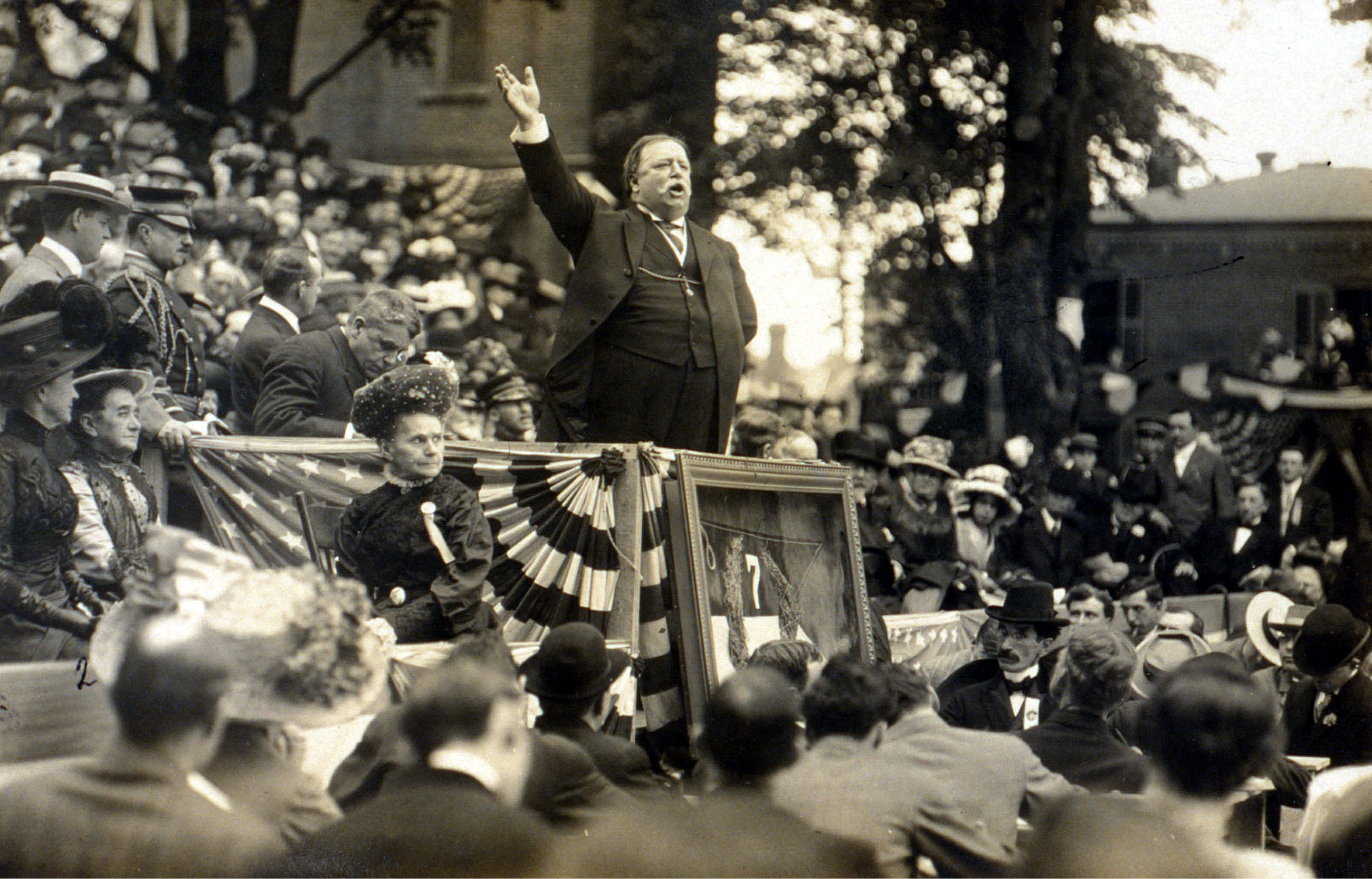|
St. Mary's Church Complex Historic District
The St. Mary's Church Complex Historic District is a historic district located at the junction of Elm Avenue and North Monroe Street ( M-125) in the city of Monroe, Michigan. It was listed as a Michigan Historic Site and added to the National Register of Historic Places on May 6, 1982. The complex consists of four buildings. The centerpiece of the district is St. Mary Church at 117 North Monroe Street. The church traces its origins to St. Antoine aux Rivière Raisin, which was founded by ethnic French Canadians on October 15, 1788. It is the oldest church in Monroe County. The current site was constructed in 1834, consecrated in 1839, and renamed in 1845. That year, the church fell under the leadership of the Roman Catholic Archdiocese of Detroit. The Sisters, Servants of the Immaculate Heart of Mary (IHM) was founded in Monroe the same year. Its first Mother Superior was Theresa Maxis Duchemine, an African-American woman of Haitian descent who was born in Baltimore. She w ... [...More Info...] [...Related Items...] OR: [Wikipedia] [Google] [Baidu] |
River Raisin
The River Raisin (, 'River of Sturgeon') is a river in southeast Michigan, United States, that flows in a generally easterly direction through Ice age, glacial sediments before emptying into Lake Erie. The River Raisin drainage basin covers approximately in the Michigan County (United States), counties of Monroe County, Michigan, Monroe, Lenawee County, Michigan, Lenawee, Washtenaw County, Michigan, Washtenaw, Jackson County, Michigan, Jackson, and Hillsdale County, Michigan, Hillsdale, along with Fulton County, Ohio, Fulton County in northwest Ohio. Today, the land within its bounds is primarily used for agriculture, and Industrial sector, light industry. Historically, the river served as a canoe transportation route for various Native Americans in the United States, Native American tribes, and for Voyageurs, French Canadian Voyageurs. The river's English name comes from the French language, French (translated as "River of Grapes"), in reference to the wild grapes growing alo ... [...More Info...] [...Related Items...] OR: [Wikipedia] [Google] [Baidu] |
George Armstrong Custer Equestrian Monument
The George Armstrong Custer Equestrian Monument, also known as ''Sighting the Enemy'', is an equestrian statue of General George Armstrong Custer located in Monroe, Michigan. The statue, sculpted by Edward Clark Potter, was designated as a Michigan State Historic Preservation Office, Michigan Historic Site on June 15, 1992 and soon after listed on the National Register of Historic Places on December 9, 1994. Background While Custer was not born in Monroe, he lived much of his early childhood there with relatives and attended the schools in Monroe. During his youth, he met his future wife Elizabeth Bacon Custer, Elizabeth Bacon, whom he returned to marry in 1864. Custer left Monroe to attend the United States Military Academy and fight in the American Civil War, Civil War. Because of his hard work and success during the war—as well as the Union (American Civil War), Union's need for officers—he was promoted to the rank of Major General (United States), major general and becam ... [...More Info...] [...Related Items...] OR: [Wikipedia] [Google] [Baidu] |
